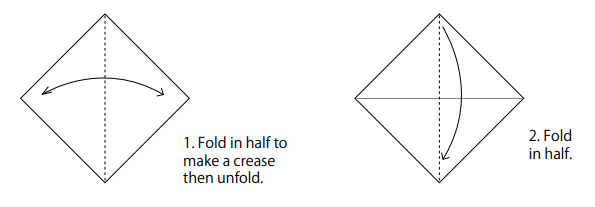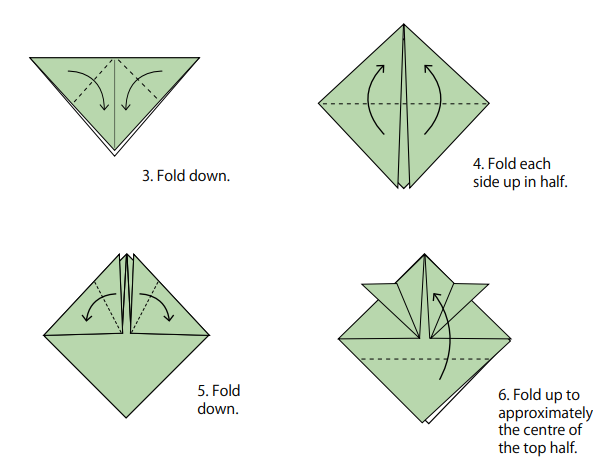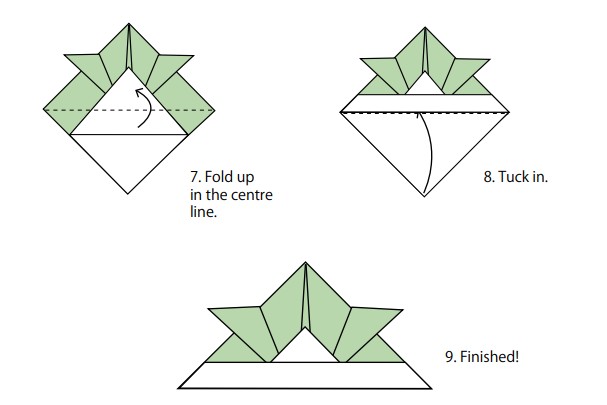Lesson 10
Culture notes Download pdf
Koi Nobori
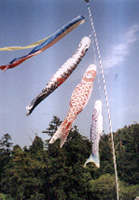
Children’s Day is celebrated in Japan on 5th May. Traditionally the festival is associated with boys and is therefore often referred to as Boys’ Day; but nowadays, both boys and girls celebrate this event. From the end of April, most families who have a son will fly a tall pole complete with carp shaped streamers outside their houses. There are usually several carp on the pole, the largest one representing the father, followed by the mother and then the children. Can you work out which carp is which on the photograph?
The carp is thought to be a symbol of strength and courage. This is because carp can swim upstream and according to a Chinese legend, upon completing his journey, one carp was rewarded by being changed into a dragon.
Why do you think it would be difficult to swim upstream?
Why do you think the carp in the tale was changed into a dragon?
Design your own koi carp streamer!
Think about the colours you will use and try to come up with a symmetrical pattern for
the body.
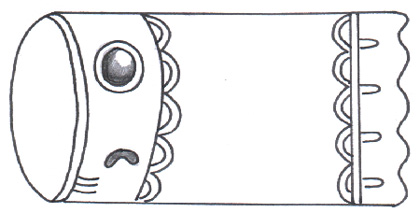
Kashiwa Mochi
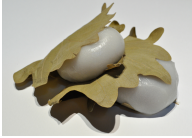 On Children’s Day, children also celebrate with Japanese
sweets, especially the traditional Kodomo No Hi sweet
called Kawashi Mochi. These are rice cakes (mochi) with
sweet red bean paste filling wrapped with oak (kashiwa)
leaves.
On Children’s Day, children also celebrate with Japanese
sweets, especially the traditional Kodomo No Hi sweet
called Kawashi Mochi. These are rice cakes (mochi) with
sweet red bean paste filling wrapped with oak (kashiwa)
leaves.
Kashiwa mochi are often used as an offering to the gods and wrapped with oak leaves which is considered a sacred plant. It is also a symbol of prosperity for the children in the family because oak trees don’t shed their leaves until new sprouts grow. The leaves are only used for decoration and are not edible; however, the mochi that are wrapped in the leaves will absorb the fragrance and be left with a nice refreshing oak scent.
Kabuto Helmets
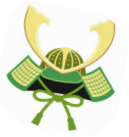 Kabuto is the type of helmet which forms part of traditional Japanese armour. It is often associated with Children’s Day as they were worn by
Japanese samurai warriors who were said to have fought against the
Chinese and eventually won a fierce battle on 5 May. The helmet is
therefore seen as a symbol of strength, vitality, and wealth.
Kabuto is the type of helmet which forms part of traditional Japanese armour. It is often associated with Children’s Day as they were worn by
Japanese samurai warriors who were said to have fought against the
Chinese and eventually won a fierce battle on 5 May. The helmet is
therefore seen as a symbol of strength, vitality, and wealth.
Nowadays, families will display mini warrior ornaments such as kabuto helmets and samurai dolls called gogatsu-ningyo in Japanese at their home around the time of the festival and many school children will make origami kabuto helmets on Children’s Day and wear them on their head. If you visit Japanese castles or Children’s Day event on or just before 5th May, you may see people dressed up in samurai armour.

Make your own origami kabuto helmets!
You can make your helmet using a small sheet of origami paper, or a large
sheet of newspaper. If you are using newspaper, make sure to cut it into
a square first.
